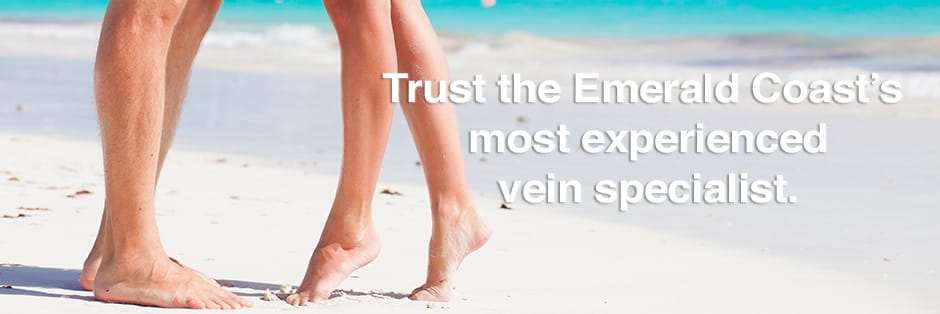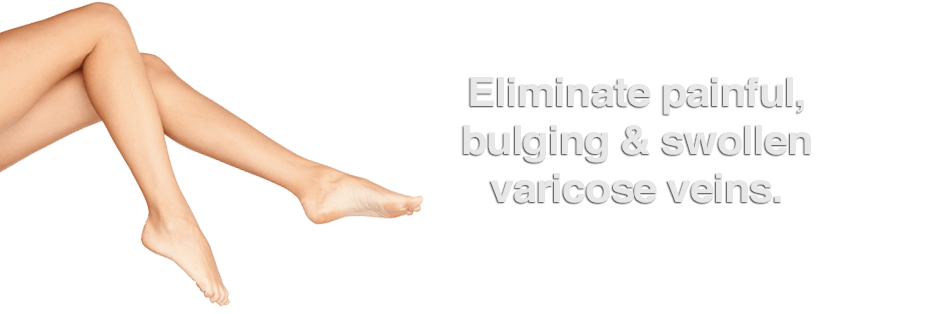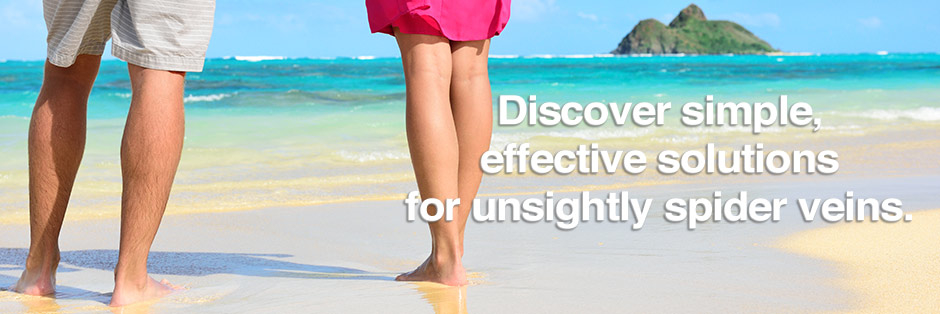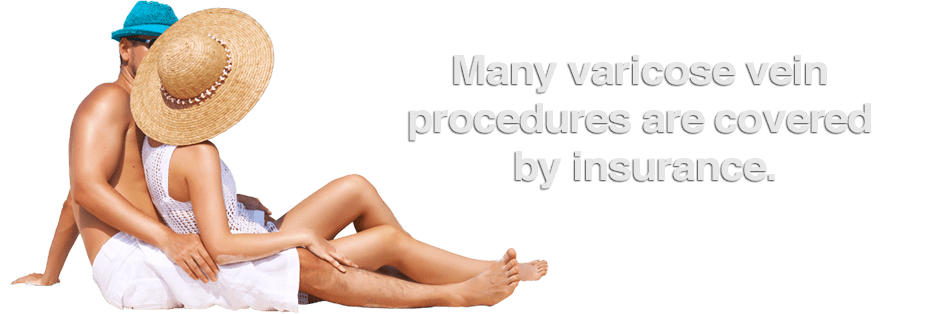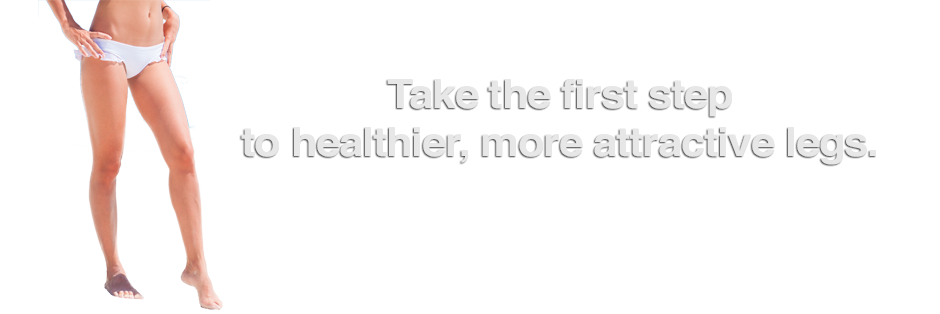Spider Veins
Understanding The Intricate World of Veins
The human body is an intricate marvel, and the circulatory system, with its vast network of veins and arteries, is a testament to this complexity.
Why Veins are Integral to Our Systems
The venous system performs the critical task of returning deoxygenated blood from the body back to the heart. Once the blood has delivered its oxygen content to the body’s cells, it must return to the heart to get re-oxygenated. This process is vital for maintaining the body’s pH balance, supplying nutrients, removing waste products, and regulating body temperature.
The Impact of Aging on Veins
As previously mentioned, age can be a significant factor in weakening blood vessels and vein valves. But what exactly happens during the aging process? As we age, our skin loses elasticity, which can cause the veins to lose their capacity to stretch. This loss in elasticity can make the valves in the veins more vulnerable to damage. Moreover, the natural wear and tear on the vein walls due to years of pumping blood against gravity makes them more susceptible to malfunctioning, eventually leading to conditions like spider or varicose veins.
The Role of Genetics
While factors like age, lifestyle choices and environmental factors play a role in the development of spider veins, genetics is another significant contributor. If your parents or their parents also had spider or varicose veins, your risk of developing them increases.
Hormonal Changes in Women
It’s worth noting why women are more affected by spider veins than men. Hormonal shifts during menstruation, pregnancy, and menopause, or from birth control pills, can affect vein walls and valves, making women more susceptible. During pregnancy, the increased blood volume and pressure from the growing uterus can weaken veins and valves, particularly in the legs.
The Physical Impact of Spider Veins
Though spider veins predominantly influence an individual’s aesthetics, they might sometimes be associated with physical symptoms. Some individuals might experience a mild burning or tingling around the spider vein area. Monitoring any discomfort or pain is essential, as this could indicate a deeper venous issue.
Lifestyle Enhancements for Optimal Vein Health
Diet and Vein Health: While it’s common knowledge that a nutritious diet promotes overall health, certain foods can specifically benefit vein health. Foods such as citrus fruits, berries, nuts and seeds are high in vitamins C and E, which promote collagen and elastin production, enhancing elasticity in veins. Additionally, foods high in rutin, like apples, cherries, grapes, and blackberries, can help strengthen veins and prevent inflammation.
Exercise and Vein Health
Regular exercise, particularly leg exercises like walking, cycling or swimming, improves leg circulation and reduces the risk of spider veins. Movement ensures that the calf muscles regularly contract, aiding the upward push of blood against gravity.
Mindful Habits
Practicing mindfulness in everyday habits can make a significant difference. For instance, elevating the legs periodically when sitting for prolonged periods is beneficial. This simple action can significantly reduce the pressure on the veins in the lower extremities, reducing the risk of spider veins.
The Evolution of Vein Treatments
The medical world has seen significant advancements in the field of vein treatments. While sclerotherapy remains a popular method for spider vein removal, other innovative therapies have emerged over the years.
Laser Therapy
This noninvasive treatment involves sending intense bursts of light into the vein, making it slowly fade and disappear. It may be effective for spider veins and tiny varicose veins.
Endovenous Laser Ablation (EVLA)
This minimally invasive procedure uses heat from a laser to close off affected veins. It’s primarily used for treatment of underlying venous disease which can lead to prominent spider veins and varicose veins.
Radiofrequency Ablation
Similar to EVLA, this treatment uses radiofrequency energy instead of laser to heat and seal off the affected veins.
When Spider Veins Are Left Untreated
Spider veins are often considered a cosmetic concern due to their web-like appearance on the skin, but leaving them untreated can sometimes lead to more than just aesthetic discomfort. While these risks are associated with untreated spider veins, most individuals may never experience complications.
Progression
If not addressed timely, Spider veins in some can progress and be associated with varicose veins. Varicose veins are more significant, bulging veins that can cause pain, swelling and feelings of heaviness in the legs.
Symptomatic Discomfort
Although spider veins are typically painless, some individuals might experience itching, burning, or tingling around the affected areas. Over time, this discomfort can become more persistent, affecting the quality of daily life.
Bleeding
In rare cases, the thin walls of spider veins can rupture, leading to bleeding. Though this isn’t common, it emphasizes the importance of monitoring any changes in the appearance or feel of spider veins.
Skin Ulcers
Chronic venous insufficiency, sometimes linked to untreated spider veins, can lead to skin ulcers, particularly around the ankles. These ulcers can be painful and may require specialized treatment to heal.
Thrombophlebitis
This is when a blood clot forms in a vein close to the skin’s surface. While spider veins don’t frequently cause this condition, there’s a slight risk that untreated spider veins could contribute to it, leading to swelling and pain in the affected area.
Emotional and Psychological Impact
Beyond the physical implications, spider veins can significantly impact a person’s self-esteem and confidence, leading to emotional and psychological distress.
The Vein Center of Florida & South Baldwin – Pioneers in Modern Vein Care
Seeking timely evaluation and understanding the state of your vein health is essential. We believe in a proactive approach at The Vein Center of Florida & South Baldwin. Dr. Jimenez and our expert team are committed to guiding you every step of the way, from evaluation to tailored treatment options, ensuring optimal vein health and peace of mind.
Our commitment to ensuring patients receive the best care has seen us adopting tried-and-tested methods like sclerotherapy and integrating the latest technological advancements in our treatment arsenal.
When you step into The Vein Center of Florida & South Baldwin, you’re not only entering a state-of-the-art facility but also becoming part of a legacy of excellence. Dr. Jimenez’s expertise and our center’s dedication to holistic vein health ensure that you are in the best hands.
